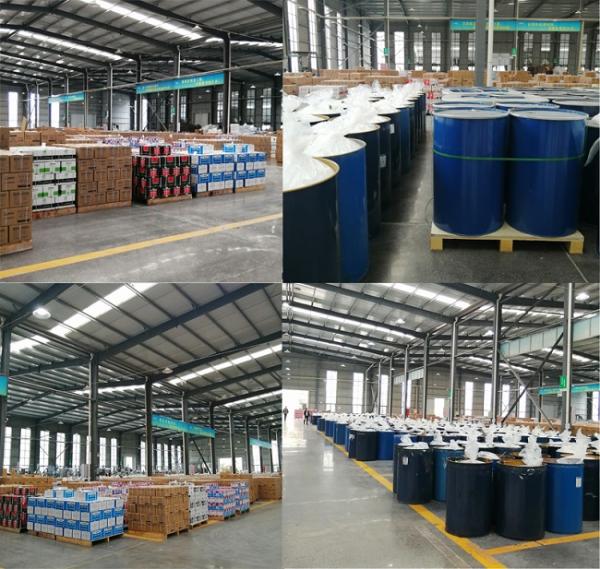| Sign In | Join Free | My xuijs.com |
|
| Sign In | Join Free | My xuijs.com |
|
| Categories | Aquarium Silicone Sealant |
|---|---|
| Brand Name: | 0EM |
| Model Number: | 7132 |
| Certification: | ISO/CE/ROHS/CGS |
| Place of Origin: | CHINA |
| MOQ: | 24000 cartridges |
| Price: | Negotiable |
| Payment Terms: | L/C, D/A, D/P, T/T, Western Union, MoneyGram |
| Supply Ability: | 1000000 cartridges/month |
| Delivery Time: | 7-30work days |
| Packaging Details: | 24 cartridges/carton;1440 cartons/20 container |
| CAS No.: | 7085-85-0 |
| MF: | C6H7NO2 |
| Specification: | 300ml |
| HS Code: | 3506100010 |
| Formula: | (CH3)3sio(CH3)2sionsi(CH3)3 |
| hardness: | 21 |
| Type: | anti-mildew sealant |
| Shelf Life: | 12 months |
200l barrel package 100% silicone excellent clarity aquarium sealant
| Product data................................................................................................................................................................................................................. |
| Specific gravity,g/cm3 | 0.98 |
| Surface dry time,min | ≤10 |
| Extrusion rate,g/min | 260 |
| Flowing,mm | 0 |
| Tensile Strength,MPa | 2.0 |
| Product information....................................................................................................................................................................................................... |
Aquarium Silicone Sealant has been specifically formulated for the
fabrication of fresh and salt-water aquariums. This high modulus
component RTV Silicone Sealant forms strong cohesive bonds to glass
without the need of primers. The bonds are unaffected by continuous
immersion in water and, when fully cured, is non-toxic to fish.
JUNBOND Aquarium Silicone Sealant is a non-slump sealant and can be
applied to vertical surfaces without flowing or sagging.
Because JUNBONDAquarium Silicone Sealant is a 100% silicone
sealant, it has excellent resistance to weathering including ozone,
ultra-violet radiation and airborne chemicals.
JUNBOND Aquarium Silicone Sealant can be applied to surface
temperatures from -18°C to +50°C (0°F to +120°F) and after curing,
withstands constant operating temperatures from -57°C to +233°C
(-70° F to 450°F).
If you are a manufacture and you would like to see data on the
JUNBOND Aquarium Sealant to see how compared during independent
testing, please contact us. We can also provide C of C or C of A’s
with bulk shipments.
For successful bonding, glass must be clean of all dust, dirt and
oil. The presence of these contaminants may impede the development
of the bond. Therefore, it is essential that the glass be cleaned
with suitable and compatible cleansers such as nonoily solvents,
diluted solutions of acetic acid or extremely hot water. The
cleaned glass should be wiped dry immediately with a clean, lint
free cloth or blown dry with hot oil free air.
DO NOT clean glass with soap and water solutions. Soap residue can
act as a release agent and result in adhesion failure.
Clean glass should be handled with clean, lint free gloves or
equivalent only. Oils from hands and fingers can act a release
agents resulting in adhesion failure.
1. Glass must be properly prepared as described.
2. Apply the aquarium sealant to edge surface of the glass to be
joined to the non-edge surface. After application of the sealant,
the assembled glass components should be tightly placed in a
fixture or jig to allow sealant to flow evenly between joined
surfaces and to give support during the internal sealing of the
aquarium.
3. Selected bead size appropriate for the size of aquarium being
constructed. Apply the sealant into the center of the joint formed
by the sections of glass. Tool the sealant immediately after
application. Any excess sealant should be removed before the
sealant is cured by suing a clean cloth and a suitable solvent such
as MEK (methyl ethyl Ketone), TCE (trichlorethylene) or alcohol.
Cured sealant can be trimmed with sharp blade. Allow sealant to
cure at least 7 to 10 days before adding water and fish. This will
ensure full cure and will allow the curing agent to totally
dissipate.
The JUNBOND Aquarium Silicone Sealant can be used to repair old or
damaged aquariums.
1. Remove all of the damaged sealant, clean area to be repaired
with a clean cloth and a suitable solvent. Apply sealant as
described above and tool.
2. Check repaired aquarium for leaks before adding fish to tank.
Fill aquarium with water and let sit for several days and check for
any signs or leakage.
| FAQ................................................................................................................................................................................................................................................................. |
Q: How can i get the price of silicone sealant?
A: We usually quote within 24 hours after we get your
inquiry(Except weekend and holidays). If you are very urgent to get
the price, please email us or contact us in other ways so that we
can offer you a quote.
Q: Can I buy samples placing orders?
A: Yes.Please feel free to contact us.
Q: What is your lead time?
A: It depends on the order quantity and the season you place the
order.Usually we can ship within 7-15 days for small quantity,and
about 30 days for large quantity.
Q: What is your payment term?
A: T/T,Western Union,L/C,and Paypal.This is negotiable.
Q: What is the shipping method of silicone sealant?
A: It could be shipped by sea,by air or by
express(EMS,UPS,DHL,TNT,FEDEX and ect).Please confirm with us
before placing orders.
Q: Can you provide OEM service?.
A: Yes,we can produce under your own brandname.
Q: How can you guarantee the quality?
A: We have rigorous quality test system, from raw materials to
finished products, the materials must be checked and signed by QC
people.
Q. Do you have MOQ of silicone sealant?
A:Yes, Generally, OEM MOQ is 3000pcs, Junbond silicone sealant
500pcs will be ok.
Q:Can I visit to your factory?
A:Welcome. Please let me know your trip plan, we would like pick
you up and book hotel for you.
| Display............................................................................................................................................................................................................................................................ |



|
|